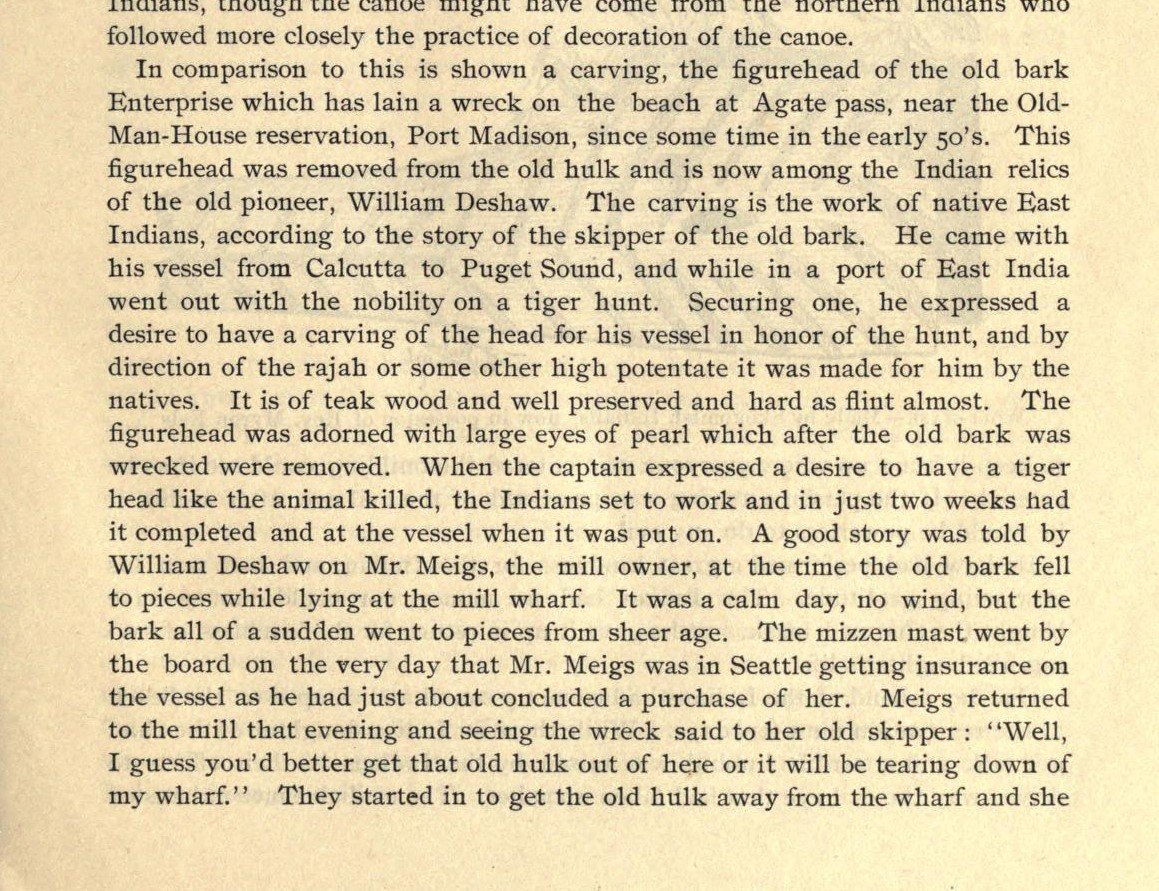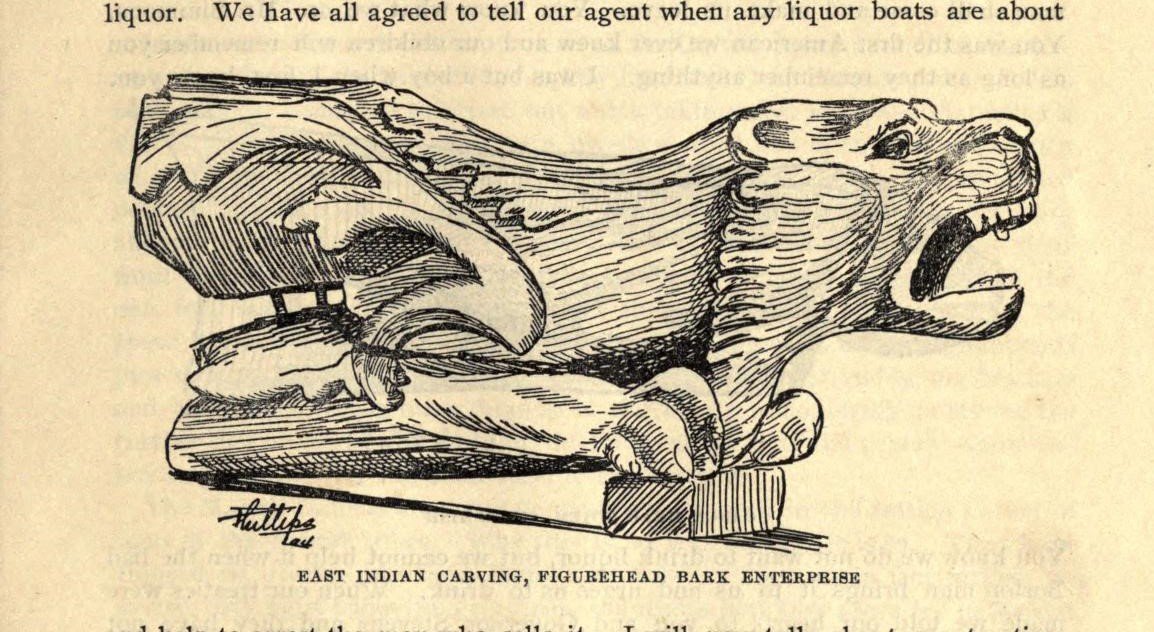-
Posts
3,039 -
Joined
-
Last visited
Content Type
Profiles
Forums
Gallery
Events
Everything posted by bruce d
-
UPDATE - I snapped off the stem. It became clear that I had missed something that might have been blinking obvious to a more experienced builder. I had assumed that after bending the pre-shaped wales and planks I would be able to get a good butt-joint where the individual hull planks meet the stem. Well, that didn't turn out well. I should have cut a rabbet, even a shallow one, into the stem. Fiddling around trying to improvise a clamp to hold the wale in the correct position edge-on to the stem nearly worked. The first attempt looked good but while removing the clamp the stem snapped just below the scarf. I will take the opportunity to put a rabbet on the stem, now that it is available to hold, and figure out how I will re-attach it. I have called a time-out before tackling this as I was no longer feeling the childish glee of anticipation when seeing the model. I will return, as Custer said at the Alamo, but for the moment this build is on hold.
-
-
Dgerth, ignore the grumbling moderator: he will get over it 😆 and probably make a great model. Your log has helped me with that 'get-on-with-it' moment as I have had this on the shelf for a few months. Time to sweep off the only warm work bench and exdigitate. Thanks for the insight into the rabbet-line. Bruce
- 24 replies
-
The Tamiya blades are superb for scribing plastic, as used in the video, but are not really intended for wood IMO. I found the Airwaves better for wood because it behaved more like a saw while the finer-toothed Tamiya clogged and wandered. It just wasn't intended to cut through wood. Having said that, I will try my hand at some small carving soon and expect that somewhere in the adventure I will reach for all the etched saws/scribers just to see what happens.
- 70 replies
-
- 22ft Yawl
- Vanguard Models
-
(and 2 more)
Tagged with:
-
I have not seen the white in iroko, but since my stash of that wood all came from the same source (salvaged garden furniture set) I suppose it can vary. The surface darkening on my pieces is really quick in bright sunlight. BTW, Alan, if it is iroko be careful as every splinter of iroko I have had has turned nasty, and DO NOT breathe the dust.
-
Well, I would like to know too, it looks useful. The 'honey' looks and behaves exactly like an industrial acid catylised resin adhesive I used in the '80s. It can't be that same product because that was a two-part adhesive: the 'honey' was put on one component and the acid catalyst was brushed on the other part. When the two were brought together you had about 20 seconds of wriggle-time before a sudden bite occured. The bond was very strong and full strength was achieved in minutes. The 'honey' behaved exactly like the goo in the video and I used it in a very similar way many times. It would not surprise me at all to find this is a 21st century new-and-improved version. If so, I hope it doesn't smell like the '80s version. Will be watching for news.
-
Hello Dennis, Welcome to MSW, it is a great place to get a bit of help when starting out. No comment from me on Amati as I have never built one of their products but I am sure someone here will shine some light on the subject. Perhaps you have already searched the build logs and got an impression of how the same problems/issues bedevil both new and experienced builders, so don't be shy about asking for help. Can we look forward to a build log? Regards, Bruce
-
Here it is: http://ao.sa.dk/ao/data.ashx?bid=31918117 It's a real peach, ain't it?
- 607 replies
-
- winchelsea
- Syren Ship Model Company
-
(and 1 more)
Tagged with:
-
This book contains plans and illustrations of some significant vessels. Most notable to me is Demologos, a real brute, which according to Wikipedia was '... the first warship to be propelled by a steam engine. She was a wooden floating battery built to defend New York Harbor from the Royal Navy during the War of 1812. ' navalmailsteamer00stuauoft.pdf Bruce
-
Hello Tomasz and welcome to MSW. Nice model!
-
One of my Unimat vices has the sliding handle removed. I have found that there is enough grip on the knurled piece to allow tightening wood for milling by finger-grip. On one occasion when holding brass I gave an extra 'oomph' to the grip by using an improvised tommy bar but it probably was overkill.
- 70 replies
-
- 22ft Yawl
- Vanguard Models
-
(and 2 more)
Tagged with:
-
Is this vice about the right size? https://www.hobbies.co.uk/tools/power-tools/unimat-tools-steel-milling-vice This original Unimat vice is my go-to: ... and go-to number two: https://www.rdgtools.co.uk/cgi-bin/sh000001.pl?WD=vice&PN=75mm-Tilting-Machine-Vice-09234968.html#SID=356 I have too many vices.
- 70 replies
-
- 22ft Yawl
- Vanguard Models
-
(and 2 more)
Tagged with:
-
Hello Andy, That is a nice looking model. Welcome to MSW.
-
Sounds like you will fit right in, and our 'seasoning' is a work-in-progress. There are no stupid questions; trawl through the build logs and new member introductions and you will see that the same issues stump builders all the time. Welcome to MSW, ask away!
-
From the NMM: https://collections.rmg.co.uk/collections/objects/68419.html https://collections.rmg.co.uk/collections/objects/86585.html https://collections.rmg.co.uk/collections/objects/86587.html https://collections.rmg.co.uk/collections/objects/86586.html https://collections.rmg.co.uk/collections/objects/86591.html https://collections.rmg.co.uk/collections/objects/86588.html These are 19th century. HTH Bruce
-
This paper on the effects of lightning includes an illustration and partial description of the booms and rig of a masting hulk. rigging of masting hulk.pdf
-
During my 'working years' I had no choice, the materials we used were metric (because the world had moved on) to make things that were designed in Imperial. There were mixes everywhere: we bought casting metal in old tons, injection moulding plastic in metric hoppers, turned components that had metric and Whitworth threads in one piece, and so on. Once I retired I found I could fiddle about at the bench using either system. Then to my surprise it turned out my head-bone worked better with metric input. I was nearly twenty before I even saw a metric measuring stick and now it is my default. The two builds currently on my benches are both very metric-centred, despite the plans for one of them (Mediator) being drawn in inches. Also, there are very few materials available here in the UK still made to Imperial standards so ... 'resistance is futile'.
About us
Modelshipworld - Advancing Ship Modeling through Research
SSL Secured
Your security is important for us so this Website is SSL-Secured
NRG Mailing Address
Nautical Research Guild
237 South Lincoln Street
Westmont IL, 60559-1917
Model Ship World ® and the MSW logo are Registered Trademarks, and belong to the Nautical Research Guild (United States Patent and Trademark Office: No. 6,929,264 & No. 6,929,274, registered Dec. 20, 2022)
Helpful Links
About the NRG
If you enjoy building ship models that are historically accurate as well as beautiful, then The Nautical Research Guild (NRG) is just right for you.
The Guild is a non-profit educational organization whose mission is to “Advance Ship Modeling Through Research”. We provide support to our members in their efforts to raise the quality of their model ships.
The Nautical Research Guild has published our world-renowned quarterly magazine, The Nautical Research Journal, since 1955. The pages of the Journal are full of articles by accomplished ship modelers who show you how they create those exquisite details on their models, and by maritime historians who show you the correct details to build. The Journal is available in both print and digital editions. Go to the NRG web site (www.thenrg.org) to download a complimentary digital copy of the Journal. The NRG also publishes plan sets, books and compilations of back issues of the Journal and the former Ships in Scale and Model Ship Builder magazines.






